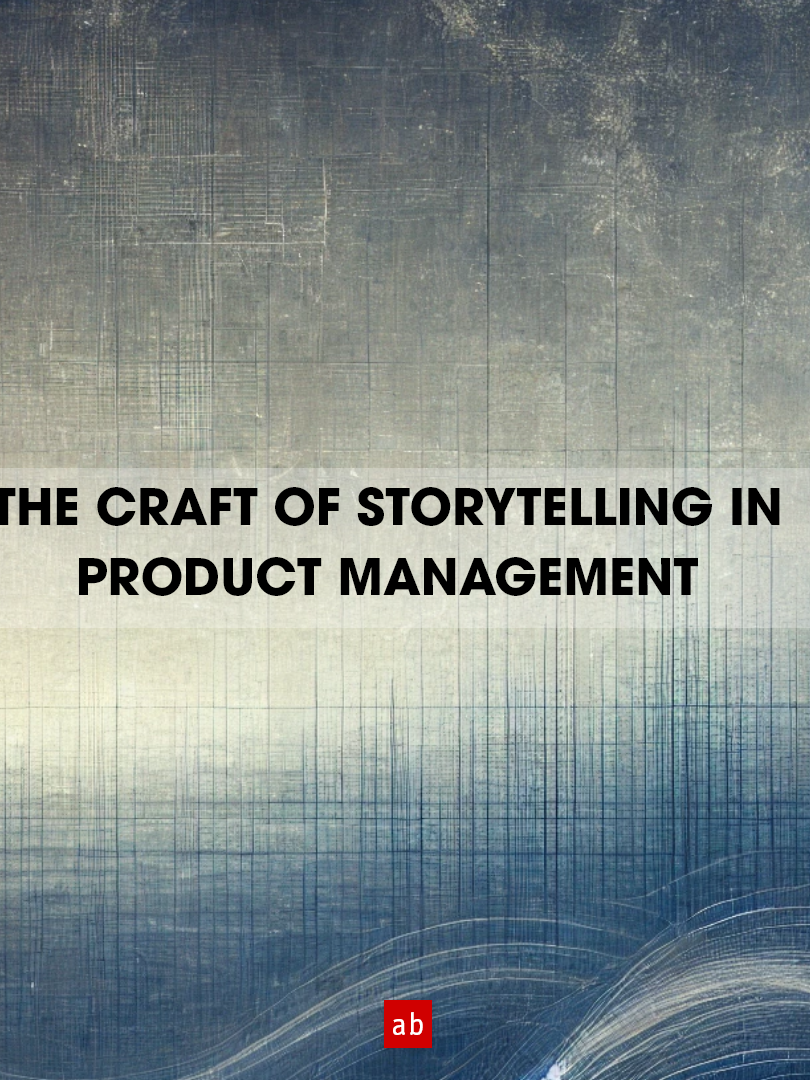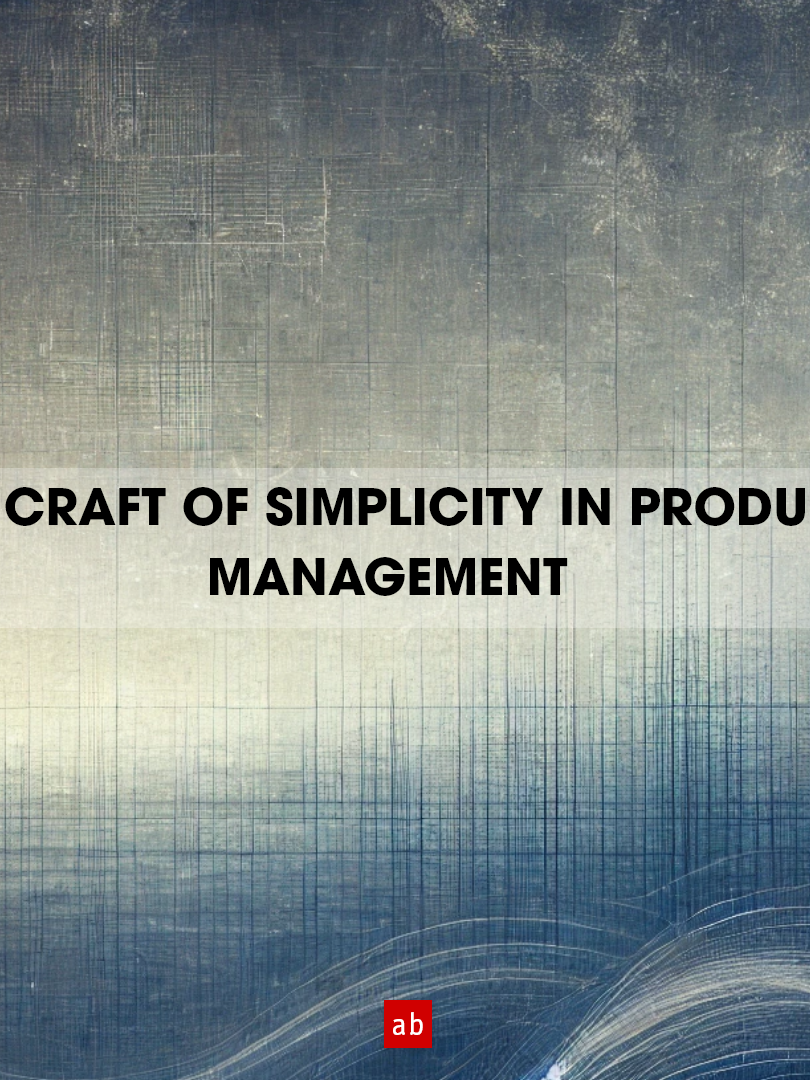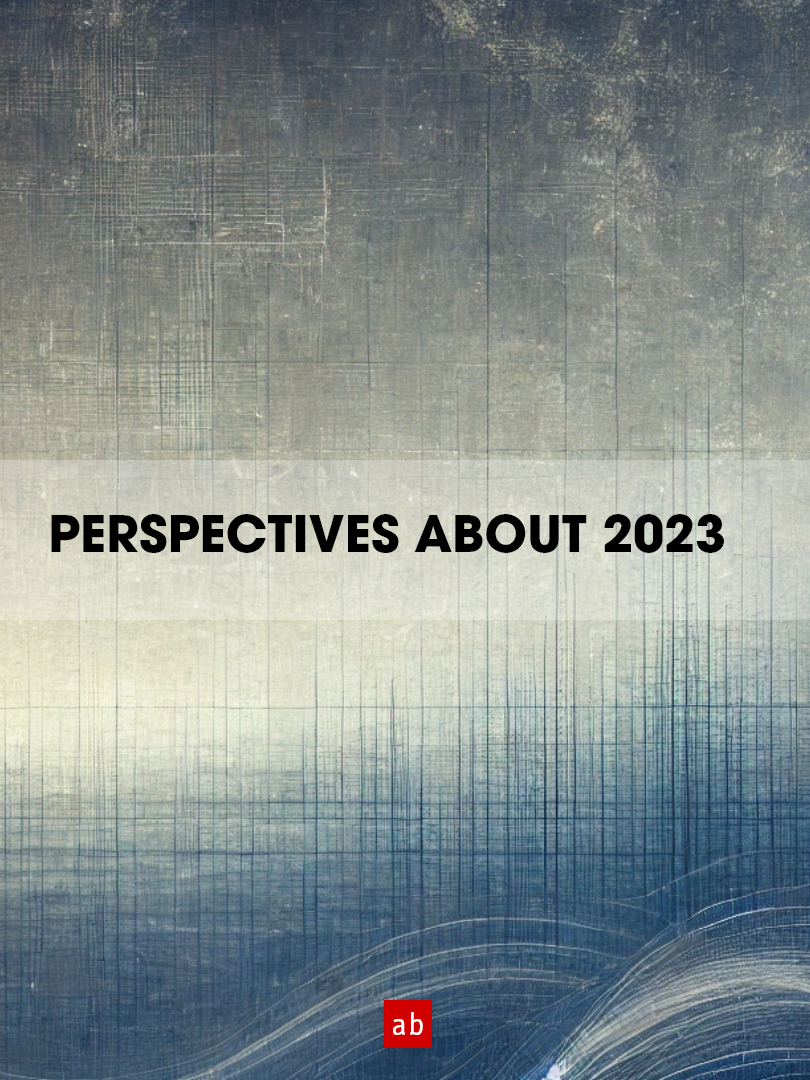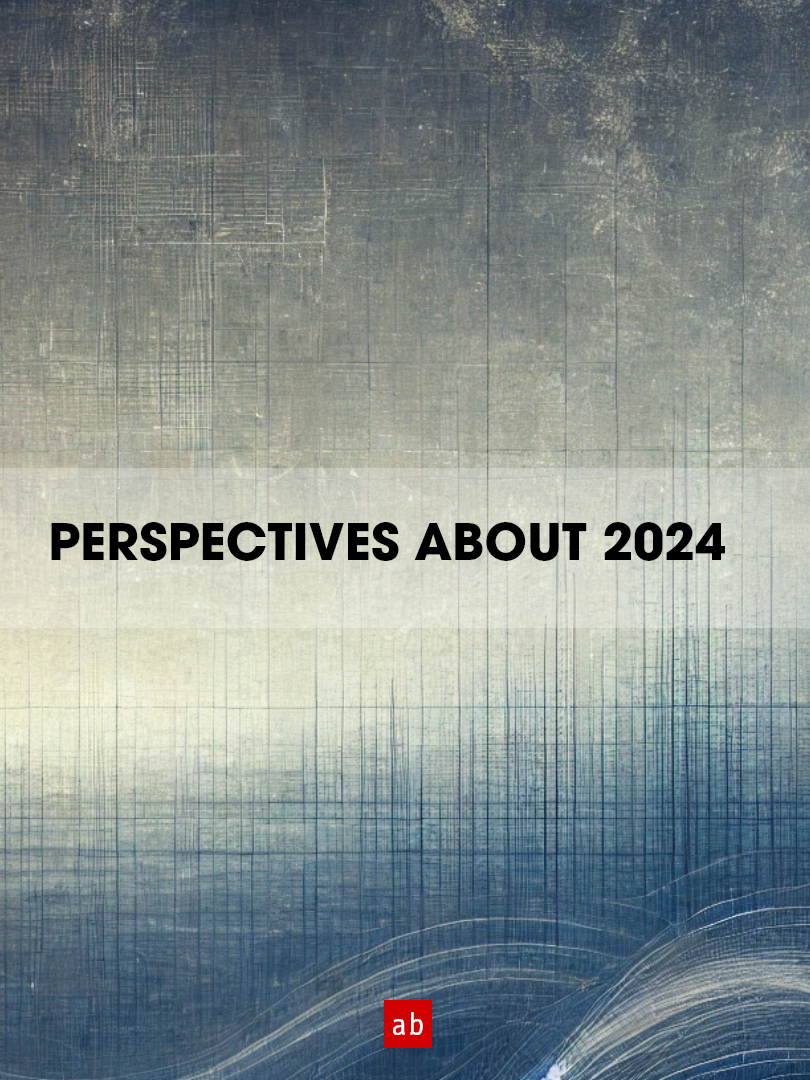Many people in rural India face the problem of inadequate access to water. Imagine a solution that could provide water to these people. Every product manager works towards solving such pain points and making their users' lives better.
To solve a problem, it is important to really understand it well. When you have a good understanding of the problem, you can come up with solutions and evaluate them. So over time, I've developed a habit of following these three basic steps when trying to solve a problem!
1. Talk to users
When talking to your users, it's important to lead with curiosity and focus on understanding their problems and pain points. If the conversation veers towards fluff or hypotheticals, redirect it back to specific details.
✅Ask, “What is the hardest part?”
✅Ask, “Why was this hard?”
✅Ask, “Why is it important for the user?”
✅Ask, “Tell me about the last time you faced this problem?”
✅Ask, “How often must user do x?”
✅Ask, “Tell me how user do to solve the problem?” It would be great if you could watch them do this!
✅Ask, “What don’t you love about the solution you’ve tried?”
✅Ask, “How much money is wasted today as users try to solve this problem?”
✅Ask, “How large is the user’s budget?”
❌Avoid your life talk, focus on your idea
❌Avoid hypotheticals, focus on specifics
❌Avoid talking a lot, focus on listening
❌Avoid asking will you use our product
❌Avoid asking which feature is needed
❌Avoid asking how better product look
❌Avoid YES or NO, questions
❌Avoid asking two questions, at same time
"If I had asked people what they wanted, they would have said faster horses." - Henry Ford
Once you’ve talked to the users, synthesize your learnings using a framework like find the intersection of
1. Severity of pain: Look for problems users are already seeking potential solutions. If they are not trying to solve it, most likely the problem is not an intensive problem.
2. Frequency of usage: Look for problems that people face regularly. Users will be more interested in a potential solution, and you’ll get more chances to see if your product is actually solving a problem.
3. Ability to fix: Look for problems that your users can solve within their budget and available resources so that they can use the solution.
2. Build a prototype and find the best initial users to evaluate it out.
To build great solutions, you need a team once you've identified the most important problem. Your team must thoroughly understand the problem, like you have, and use diverse ideas to make informed decisions when building a solution.
Write a document that tells a story about your idea
Write down the idea in a simple, legible, and concise manner which will help you to align your team and inspire critical thinking within your team.
Edward Tufte's essay influenced Amazon to adopt the narrative document format. Your document must tell stories about the users and cover the problems they face, the solutions that are proposed, and the insights gained.
Problem: Document must start with an intensive problem worth solving (or valuable) for the users
- The problem should have a lot of characteristics to make it feel like there's a noticeably big problem that a lot of users have.
- If a problem has higher costs associated with it, it increases tension, curiosity about the solution, and engagement.
Solution: Change the way the audience thinks by demonstrating how your idea solves this need and makes your user's life better.
- Begin with a gripping description that is initially narrow, then expand as much as possible.
- The team must be able to visualize the improvements that the solution offers and inspire critical thinking to find new opportunities for improvement. The more benefits you provide, the greater the relief and belief in your proposal.
- Start your pitch by explaining the problem, not the solution or technology.
Insight: The insight is what makes you unique and gives an unfair advantage, such as a unique business model or access to a particular market
Create a prototype.
A prototype is an early sample of a product that is used to test and refine before it is finalized. For example, a car manufacturer might create a prototype of a new model to test features before releasing it to the market.
“They slow us down to speed us up. By taking the time to prototype our ideas, we avoid costly mistakes such as becoming too complex too early and sticking with a weak idea for too long.” - Tim Brown, CEO of IDEO
Once you’ve written your idea narrative, work with your team on design research, user experience design, and development to sketch a prototype for your Minimum Viable Product (MVP) to establish the key user journey. MVP is the most basic version of a product that can be released to the market to test its viability and gather feedback.
When creating the prototype, make sure you check that it's possible to make and won't cause problems for the user. However, avoid making compromises due to implementation challenges. The goal is to guide your user through the process. Your user journey prototype should take the user by the hand and help them successfully complete the task.
Get feedback from your best users on your prototype!
From the first group of users you talk to, choose the best ones! The best users are the ones who are spending time building a solution, but don’t like many aspects of their solution. Make your best users feel special by giving them exclusive access to the MVP.
When speaking with your best users, follow the same guidelines in Step1. Additionally, avoid telling them what to do and instead ask for their feedback. Show them the prototype and ask them to try it out. Be curious and ask why they do certain things with the prototype. For example, you can ask them "Why did you do this or that with the prototype?"
Once you’ve talked to the users, discard worthless data like "Oh, I love the new design” or "Man, this is really useful.” Synthesize what you've learned using a framework like in Step1. Now, instead of focusing on problems, look for MVP features that meet those criteria
3. Launch your solution and measure how well it fits with your users.
"I have not failed. I’ve just found 10,000 ways that won’t work.” - Thomas Edison
Rahul Vohra talks about how Superhuman found what people want: How Superhuman Built an Engine to Find Product Market Fit. Vohra says it's important to measure if the solution is satisfying the needs of the users in the market!
To gauge user satisfaction, Superhuman employed the growth hacking metric devised by Sean Ellis. They asked users a question: "How would you feel if you could no longer use Superhuman?" Users could choose from three responses: "Very disappointed", "Somewhat disappointed", or "Not disappointed". Vohra then calculated the percentage of users who answered "Very disappointed" - these are the users who place the highest value on the product. Solutions that struggled to find meet the user's need almost always had less than 40% of users respond, “Very disappointed,”!
They analyzed only the "Very disappointed" users' responses to the question, "What type of people do you think would most benefit from Superhuman?" This reveals who the product works for and the language that resonates with them, providing valuable marketing copy. Happy users describe themselves using the words that matter most to them, so they also looked at responses to "What is the main benefit you receive from Superhuman?" to gain a deeper understanding of their users.
Vohra concentrated on serving a specific group of people better than anyone else. They asked users for feedback, identified what they liked and didn't like, and used that to plan which features to include in their solution. They did this to figure out what features worked best for this group and to measure their success.
Similarly, Brian, the CEO of Airbnb, once decided to do an experiment where he lived in 50 different Airbnbs over the next few months. This way, he was able to talk to each of the 50 hosts every day of his trip and receive honest feedback.
When building a solution, include options for users to provide their phone number or email address. This can be helpful in cases where it is beneficial to speak directly with a user who is experiencing a problem.
To solve a complex problem, a problem solver should regularly talk to users to deeply understand the problem.
To build a valuable product, inspire critical thinking among the team by clearly communicating the problems worth solving.
Disclaimer: The views and opinions expressed in this article are solely those of the author and do not reflect the views or opinions of any organization, employer, committee, or group with which the author may be affiliated. The author assumes no responsibility or liability for the content of this article. The information provided in this article is provided "as is", without any guarantees, or warranties of any kind, express or implied.





